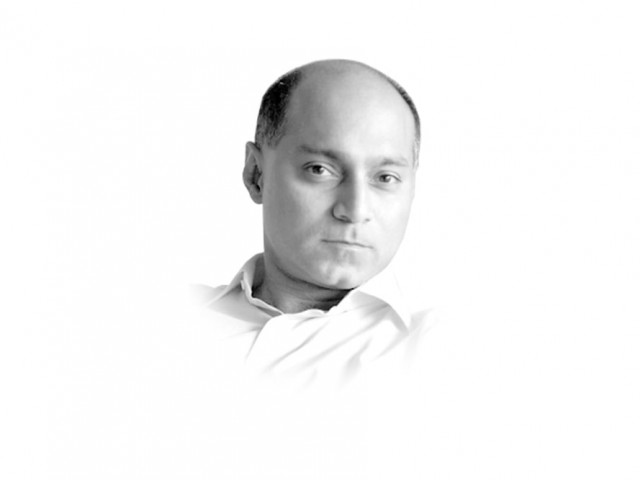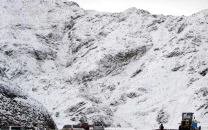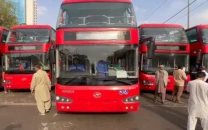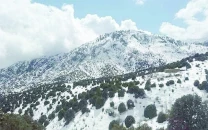Pakistan’s power woes
Protests, media coverage tends to churn summits, payments up a notch or 2; nonsense in fast forward is still nonsense.

Pakistan’s power woes
Meanwhile a hectic schedule of meetings gets underway in the capital. The same faces from the industry are summoned, and in the same rooms, they’re asked the same questions to which they give the same responses they gave last time. The Islamabad rumour mill buzzes briefly about heads about to roll in the state-owned power companies.
Somewhere in it all, a ‘summit’ is arranged. All the cabinet clowns gather for their photo op and their opportunity to make a presentation, usually the same one that has been made by the ministry for years now. Of course most of the MNAs were not able to make it on time, we are told, because their vehicles were stuck in traffic caused by the power riots.
The backdrop to the whole stage is rioting on the streets, and the attendant footage carried by the channels. Even here, it’s beginning to get old. The footage looks remarkably similar to the last time a mob went on a rampage due to prolonged power outages. You see one shot of a burning distribution company office and you’ve seen them all. I recall seeing that shot back in late summer 2008, when rioters attacked the head office of Mepco and were chased by some gun toting employee of the company. Remember that?
It’s not possible for this drama to play out any other way. Under the pressure of street protests and turbo charged media invective, the government leadership ramps up the speed of their daily routines, but not the substance. So if they normally have three meetings in a week, for instance, they’ll now have six. The outcome is still nothing; after all, six times zero is still zero. But the pace of things tends to churn up a notch or two; nonsense in fast forward is still nonsense. At the end of the day, the same resolution is always found. A payment is made, under duress, to key stakeholders. The fuel starts to flow, the turbines pick up their RPM, and electricity begins to crackle through the aging Pepco transmission and distribution system. The riots melt away, tires burned by the rioters are swept to the sides of the road, and all promises to advance reforms and to reprioritise gas allocations are swept away too. Until next time.
This time it’s bigger, for sure. All the metrics of the power crisis are bigger and badder this time round. The size of the receivables and payables, the size of the deficit, the size of the crowds on the streets, the volume of the political shrieking, it’s all bigger. The only element in the drama that has shrunk this time; is the size of the inevitable payout, the Rs10 billion paid to PSO on October 4, is smaller than in the past, promising a far smaller window of stability for a far larger crisis.
This time, we’re told, they’re getting serious. This time they want to bring professional CEOs and CFOs into the distribution companies. They want to ‘fast track’ the induction of private management into the generation companies. “There will be no more sacred cows in the matter of bill recoveries,” said Naveed Qamar in his midnight press conference on October 4. What were “sacred cows” doing in the picture to start off with, Mr Minister?
I’m sceptical for one simple reason: why were these steps not taken two years ago at the so-called ‘energy summit’? Is it because the scale of the rioting didn’t match what we’re seeing now? And why weren’t things followed up after that summit, such as prioritising natural gas allocations for power plants? The simple truth is they’ll run around and talk about reforms, but the moment the emergency money disbursed to PSO gets the power plants chugging again, and the rioters go home, it’ll be back to business as usual.
Published in The Express Tribune, October 6th, 2011.












1726134115-0/BeFunk_-(41)1726134115-0-208x130.webp)






COMMENTS
Comments are moderated and generally will be posted if they are on-topic and not abusive.
For more information, please see our Comments FAQ